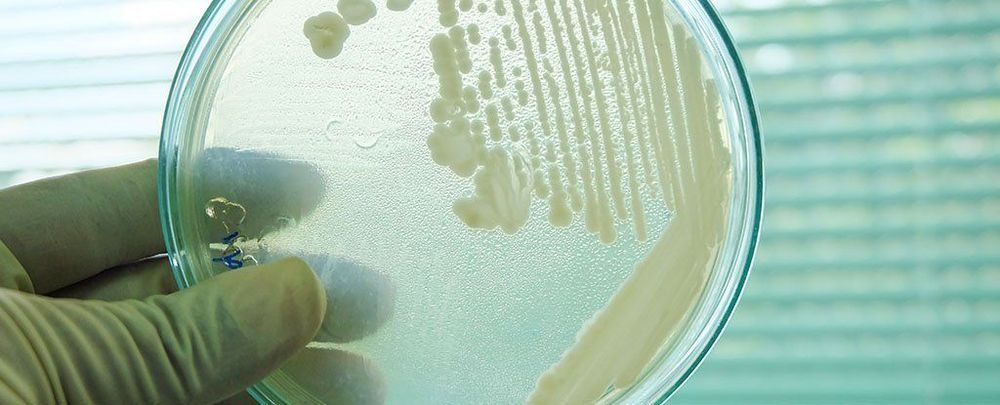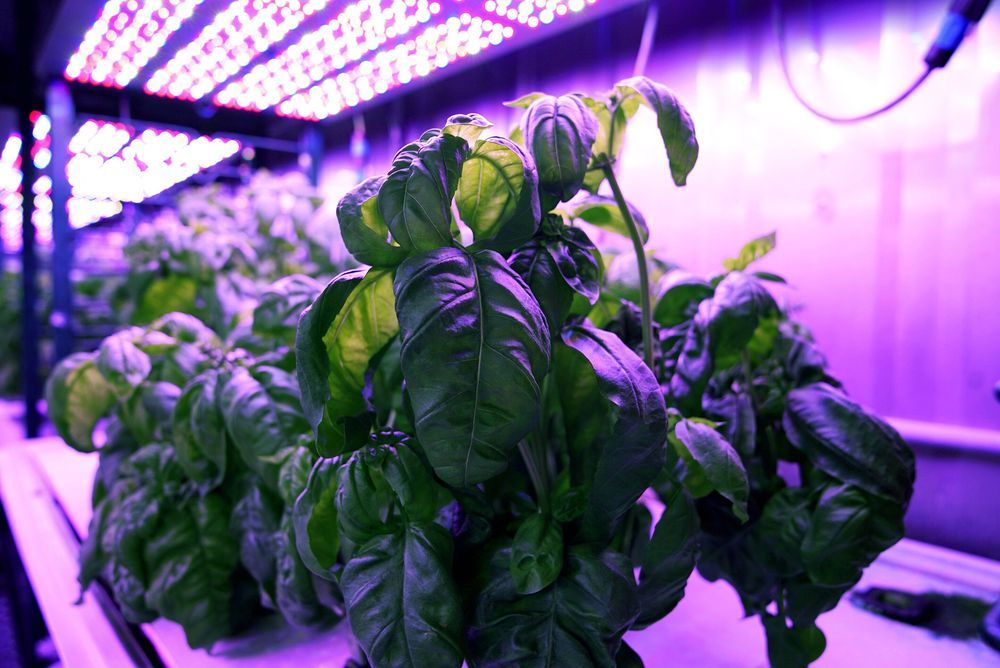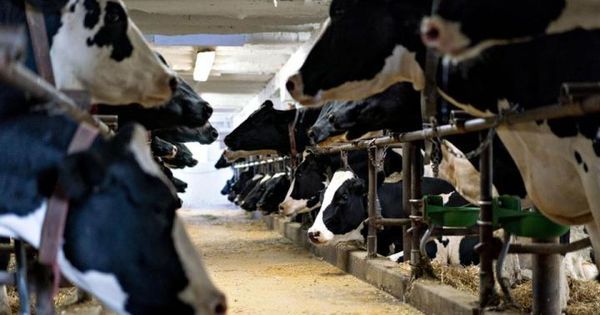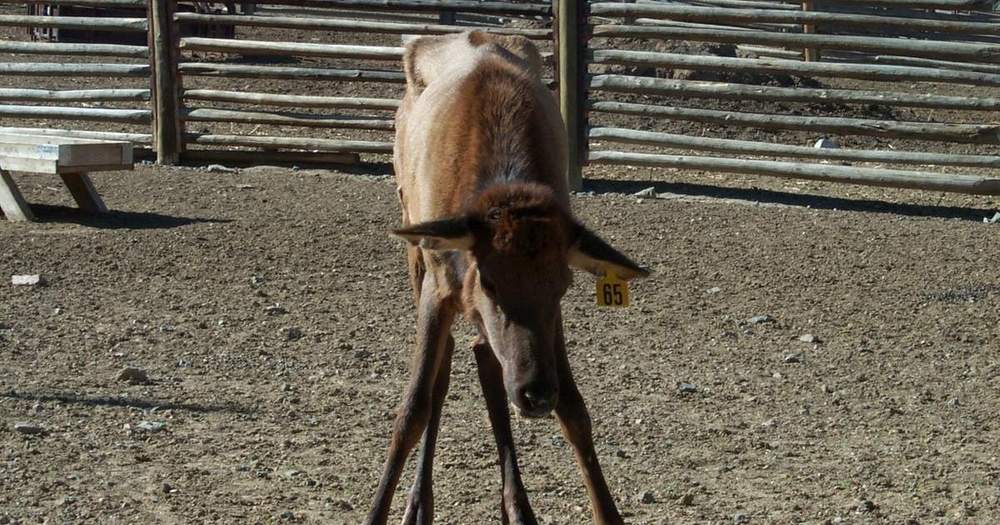I do think that due to the many problems of super fungus that are basically very damaging to human health I think there are other fungi that can basically stop this with like mosses and other symbiotic fungis that can basically boost the defenses of nature itself and the human populations aswell. Usually you have a super fungus because there is not a natural fungis that can shoulder the defense against malignant destruction fungus. There is always a natural defense against large scale destruction fungus that can just eat this fungi and also give food to people. But it is because the basically natural defenses against fungi that are poisonous makes it so that the super fungus are evolving too quickly. A simple basically moss that spread and be a defensive measure eating the poisonous fungi then creating a better environment.
Every year, an estimated 23,000 Americans die from antibiotic-resistant superbugs – germs that evolve so quickly, existing treatment options can’t eradicate them.
But it’s not just deadly drug-resistant bacterial infections that are spreading. We also have to worry about drug-resistant fungal infections, too.
A deadly, drug-resistant fungus called Candida auris is spreading on a global scale and causing what the Centres for Disease Control and Prevention (CDC) calls “urgent threats.”







